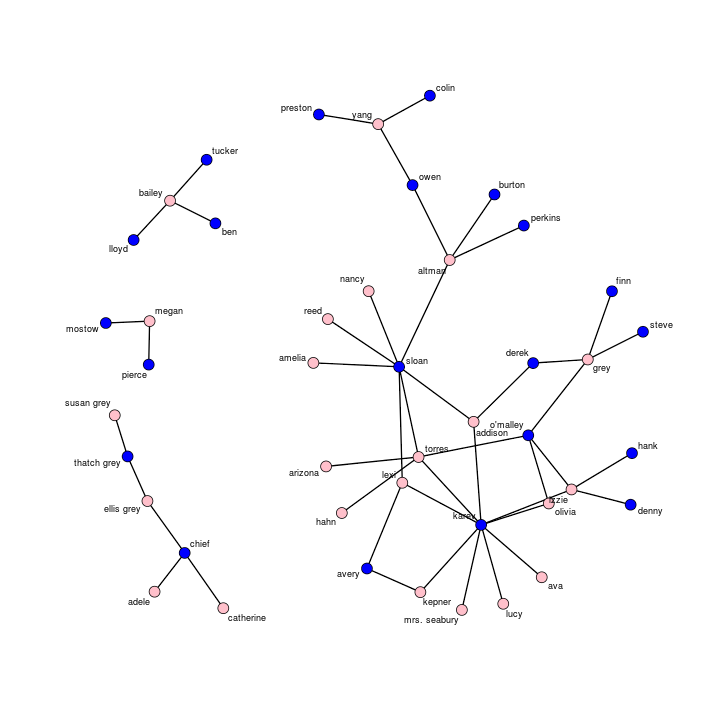Video Demo
I’m experimenting with using a screencast as a way to give tutorials and publicize new features we release as part of the statnet packages. As my first attempt, here is a quick YouTube intro / demo to some of the key features in the ndtv (Network Dynamic Temporal Visualization) package
If you find this format useful, please let me know and maybe I’ll do videos for the full tutorial with more technical explanations. Its definitely a good challenge to talk about things to imaginary people :-)
Workshop
I’m going to be giving an (obviously much longer) workshop on the ndtv, networkDynamic and tsna packages at the 2016 INSNA ‘Sunbelt’ social networks conference in Newport Beach (Los Angeles) California
Managing Dynamic Network Data in statnet:
Animations, Data Structures and Temporal SNA
Session Time: Tuesday April 5th, 3:00pm-6:00pm
Workshop Program







 Dan Newman, director of the money in politics watchdog/transparency site
Dan Newman, director of the money in politics watchdog/transparency site 